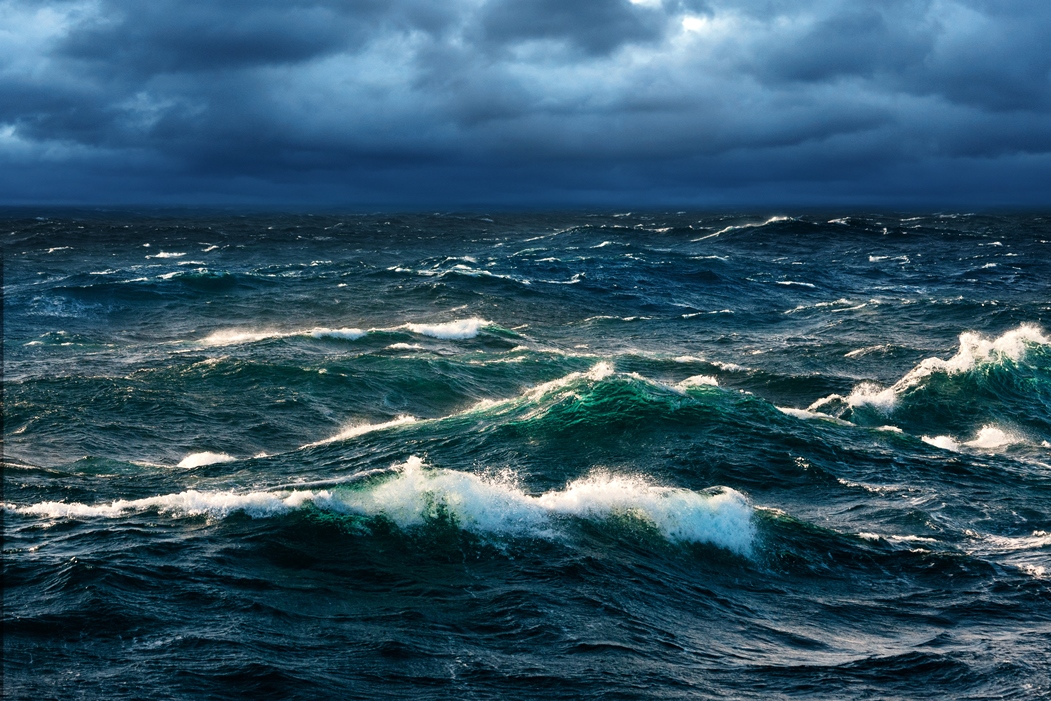Vagues de vent
Michael Benzaquen - Stéphane Perrard
When the wind blows over the ocean, it generates surface waves. The mechanism underlying this observation is not yet fully understood. The current theories can be traced back to the 50s’ (see [1,2]). Phillips suggested that pressure fluctuations in the air must be the central ingredient, while Miles suggested that tangential shear stress at the interface is responsible for surface waves generation. As of today both theories - based on different physical mechanisms - have not proven contradictory and are still jointly used in geo-physical Science. Both pressure and shear stress at the interface may play a key role in the generation of waves by the wind, but a unified picture is still lacking.
In collaboration with the experimental team of M. Rabaud and F. Moisy at the FAST laboratory (Orsay) (see [3]), we aim at disentangling the role of pressure and shear stress on the deformation of a viscous liquid interface. One could say that the air-water interface acts as a spatial and temporal filter of near-wall turbulence in the air. Using lubrication theory together with viscous surface waves theory, we intend to understand the crucial role of viscosity on surface wrinkles and the onset of wind-wave generation.
[1] O. M. Phillips. On the generation of waves by turbulent wind. J. Fluid Mech. 2(05), (1957).
[2] J. W. Miles. On the generation of surface waves by turbulent shear flows. J. Fluid Mech. 7(03) (1960).
[3] A. Paquier, F. Moisy, and M. Rabaud. Surface deformations and wave generation by wind blowing
over a viscous liquid. Phys. Fluids 27 (2015).


